Why I Ditched Toxic Ingredients and Switched to Natural Soaps
Have you ever flipped over a bottle of body wash or baby lotion and been stunned by the ingredient list? I sure was. What started as a simple goal to eat a little healthier after having my first baby quickly snowballed into something bigger. As I started learning to read food labels, I realized I needed to take a closer look at the products going on my skin, too—especially the ones I was using on my kids.
What I found shocked me: everyday skincare and soaps were packed with toxic ingredients—many of which are known endocrine disruptors, allergens, or skin irritants. Even products labeled as “gentle” or “natural” often weren’t either. That moment was the beginning of my journey toward choosing simple, safe ingredients and switching to soaps with natural ingredients I could trust.
In this post, I’m sharing the hidden toxins I found in everyday products, why I no longer trust most commercial soaps, and how natural, tallow-based skincare made all the difference for me and my family. If you want to learn more about natural remedies, check out our Natural Living Page
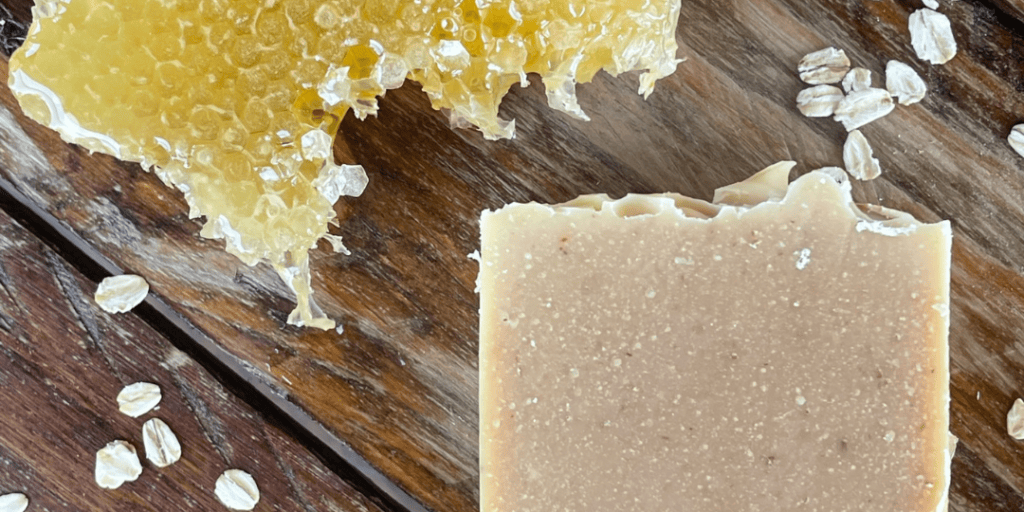
This post contains affiliate links. This will not cost you anything but will help us offset the cost of running the blog. We only share products we use and would recommend to a friend. Thank you for your support! Click ‘HERE’ for more info.
How My Natural Living Journey Began
Before I ever knew what endocrine disruptors or greenwashing were, I was just a new mom trying to make better choices. Here’s how it started: Several years ago, I started learning more about healthy living. This can mean a lot of different things depending on who you are. For me, it started with eating a little better to lose weight after having a baby (my first baby, who is 11 now 😭).
As I was learning to look at labels, I realized that there are so many unnecessary, toxic ingredients in foods. Even simple things that seem like they should only have 1 or 2 ingredients had 5-10. For me, this is where my natural product journey all began.
How Toxic Ingredients Opened My Eyes
My interest in healthier products grew from foods to cleaning products, and then to products that went on my skin. When I got pregnant with my 2nd baby, I took a dive into researching products that go on our skin. I did not want to start this baby’s life by putting toxic ingredients on her.
Surprisingly, A LOT of products that are marketed to babies actually contain toxic ingredients and are greenwashed! So terrible, right? Us mommas just want to choose safe options for our babies, and those companies are out there lying to us.
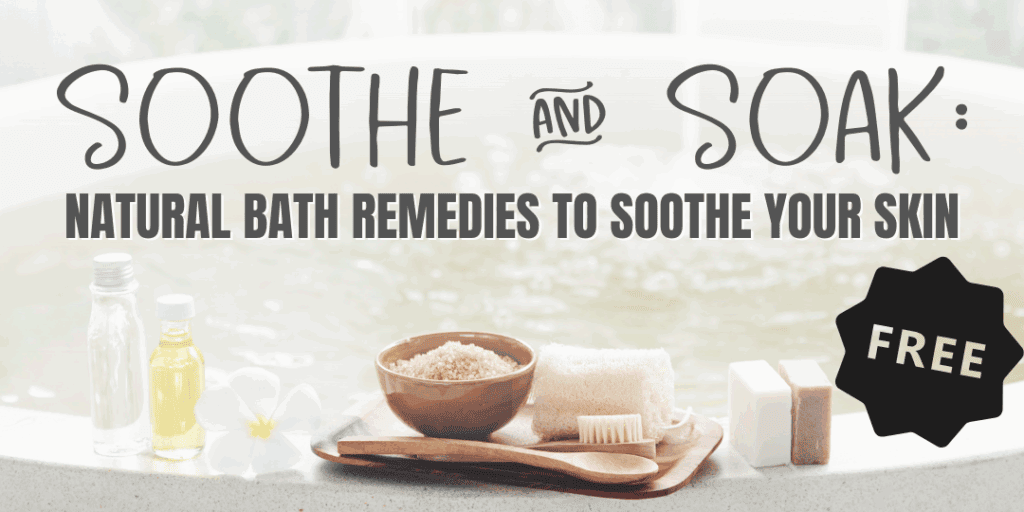
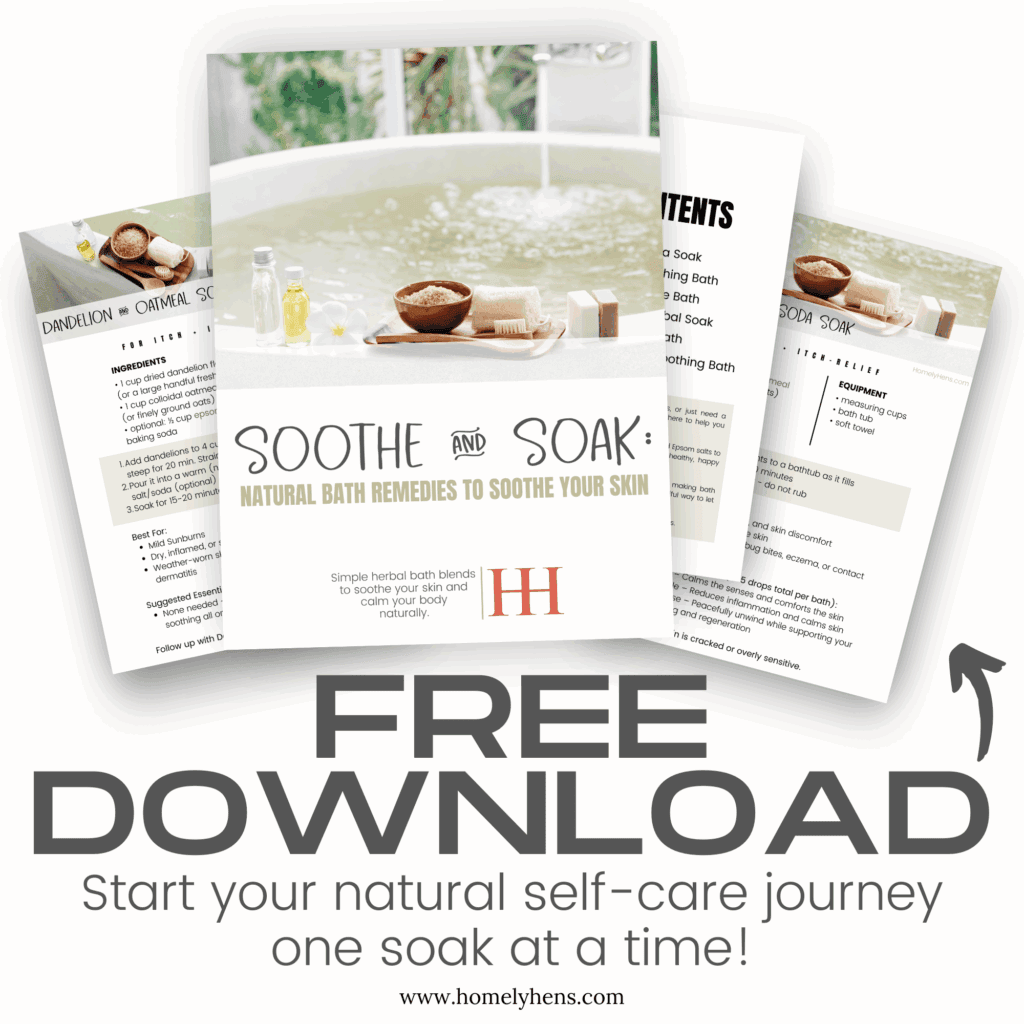

What Are Endocrine Disruptors and Why Should You Care?
One of the most alarming ingredients in skincare products is the presence of endocrine disruptors. Endocrine disruptors are things that interfere with the body’s hormones. In short, they can really screw up our bodies and have a huge impact on fertility.
The most surprising thing about this is that there are endocrine disruptors in so many everyday products. I remember thinking to myself, “There’s no way these toxic ingredients are in products people use!” I was so wrong. There are endocrine disruptors in food, beauty products, toys, packaging, and more.
The Hidden Dangers Behind “Fragrance” in Products
I know it is a lot to take in when you’re just starting to learn about more natural living. If there is one thing that I would encourage you to look for (and avoid) in your ingredients list, it is the word “fragrance.”
The reason to avoid fragrances as an ingredient in your products is that companies can put so many different things (natural and artificial) in their products and label them fragrances. This is not regulated, and many of those ingredients are harmful.
A company that is being transparent will disclose the ingredients that they use to make their product smell a certain way. Then, customers can feel safe in using those products, knowing exactly what essential oils or other ingredients are being used for this purpose. A company that uses “fragrance” in its ingredients list is just lying to its customers.

Why I Chose Natural Soaps and Skincare
Why use natural products? That’s easy! By choosing to use natural soaps and other skincare and household products, I am dramatically lowering the number of harmful chemicals in my home. I’m decreasing the endocrine disruptors and other harmful ingredients that my family and I come into contact with.
I choose to use simple and natural products because I am familiar with their ingredients. I don’t have to research the 15+ ingredients on a label or try to see past the greenwashing on mainstream products.
What is Lye, and is it Safe in Soaps?
Lye, also known as sodium hydroxide, potassium hydroxide (in liquid soaps), or caustic soda, is a strong alkaline material. It is used to make soap, cleaning products, and to make some foods (like pretzels!). It is very corrosive, so it will cause burns and could damage your skin before it is used for soap.
When lye is mixed with a fat, like tallow, olive oil, coconut oil, etc., it creates soap through the process of saponification.
Lye is non-allergenic, non-acne-promoting, non-irritating, and won’t clog your pores. With no trace of the lye remaining in the end soap product, you are left with all the vital ingredients full of nutrients, vitamins, antioxidants, and the ability to moisturize your skin. The process we use creates gentle soaps that won’t dry out or irritate your skin and, in some cases, fight bacteria.
Natural soaps leave you feeling good about your choices for yourself and your family. That is something we can get behind here at Homely Hens. Read about the Benefits of Tallow in Skincare Products.
Tallow-Based Soap: A Natural Solution That Works
Another reason I choose to use natural products is because they are GOOD for your skin! Tallow-based soaps and skincare benefit your skin because of all the natural vitamins and fatty acids that are in it. It fights dry skin without harmful ingredients that dry out your skin more!
Tallow, along with other natural ingredients like organic oats, honey, and essential oils, has a variety of benefits that you’re not going to find in synthetic ingredients.
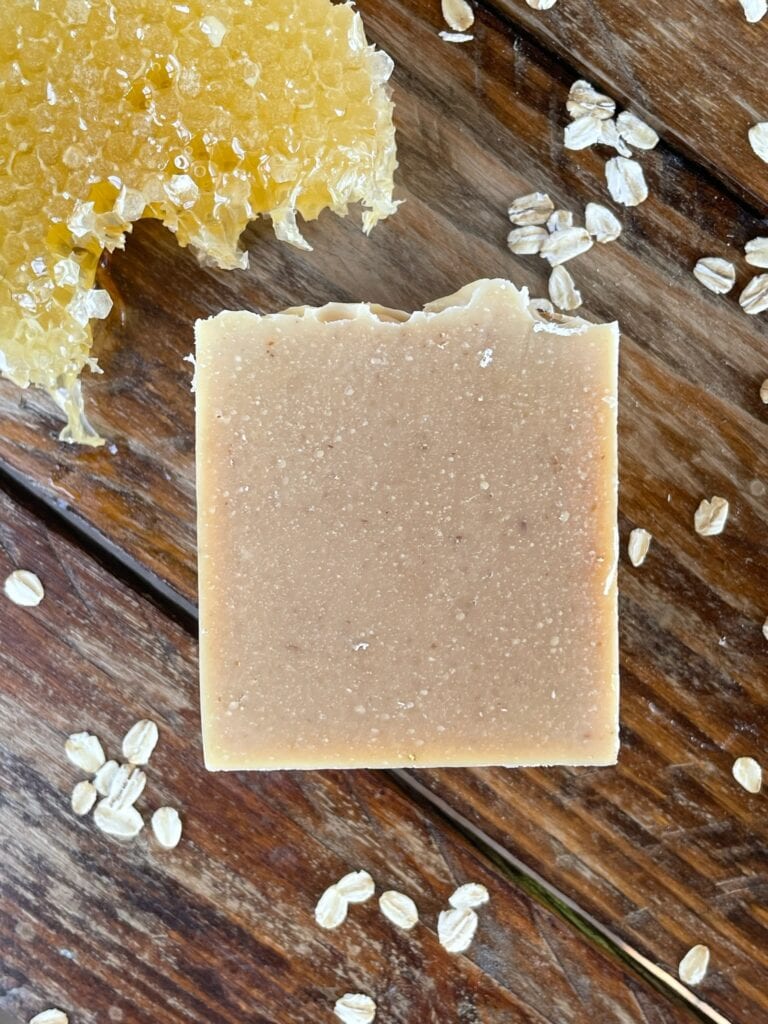

Natural Baby Products Shouldn’t Be This Hard to Find
What really gets me is the fact that there are so many baby brands that are filled with harmful ingredients. All a momma is trying to do for her baby is keep him/her healthy and safe. We TRUST these brands to help us do that, and unfortunately, even the most well-known brands have ingredients that irritate skin, disrupt babies’ hormones, or cause respiratory issues.
I use only the simplest and safest products for my baby, and that includes my handcrafted Unscented Tallow Soap and Balm! Some essential oils are said to be safe for babies, but I choose to use unscented just to be sure since she’s so little (only 5 months old at the time of this post).
I use Calendula Tallow Balm on her for any dry skin, cradle cap, or diaper rashes. It’s gentle and it works with her cloth diapers too. If you’re interested in cloth diapering, check out this post where I reviewed the Grovia Newborn Diapers.
Clean Ingredients Are All You Really Need
Soap is such a simple thing to make. Why are there so many ingredients in store-bought soaps? Simple Tallow soaps have 3 ingredients (tallow, distilled water, and lye). Of course, there are many other amazing and natural ingredients that you can add for different reasons, but the point is, soap does not have to be complicated or have a bunch of toxic ingredients.
How to Read a Soap Label
Reading labels can be intimidating, but once you start to recognize some of the ingredients, it gets easier. It’s important to know what’s going on your skin and you’re comfortable with it! The good thing about reading labels of natural and more holistic products is that the number of ingredients is usually shorter than a mainstream skincare product.
When you first start reading product labels, do not be afraid to look up each ingredient if you don’t recognize it! Making sure each individual ingredient is safe for your skin and general health is important. You will start to recognize names and will have to look them up less and less often.
Sometimes companies will put the scientific name of an ingredient and then the common name in parentheses. For example, a label might have olea europaea (olive oil), which means it has olive oil in it.
Where to Start: Natural Products I Recommend
Making the switch to natural products doesn’t have to be overwhelming. These are the simple, skin-loving staples I use every day in my own home — and I think you’ll love them too:
- Unscented Tallow Soap – Gentle, nourishing, and made with just a few ingredients. Perfect for babies, sensitive skin, or anyone looking to ditch questionable additives.
- Oats and Honey Soap – A gentle bar made with soothing oats and moisturizing honey—perfect for dry or sensitive skin.
- Whipped Tallow Balm – A rich, creamy moisturizer that soothes dry skin, works with cloth diapers, and doubles as a multipurpose salve.
- What Is Lye? And Why It’s in Natural Soap – Not sure about lye? This post breaks down the facts and explains why it’s a safe and essential part of real soapmaking.
- How to Grow Your Own Loofahs – A fun, easy garden project that helps you ditch plastic sponges for good.
These swaps were a turning point in my own natural living journey. They’re simple, affordable, and made with ingredients I trust — which is exactly why I make them myself.
FAQs About Natural Soaps, Tallow, and Ingredients
Avoid ingredients like synthetic fragrance, parabens, phthalates, triclosan, and sulfates. These can disrupt hormones or irritate skin.
Lye (sodium hydroxide) is necessary to make real soap, but when properly made, none remains in the final product.
Yes! Natural soaps cleanse effectively without harsh chemicals that strip your skin’s natural oils.
Absolutely—especially unscented tallow soaps like ours. They’re gentle, nourishing, and free of irritants.
Look for full ingredient transparency and simple ingredients you can pronounce and recognize—like tallow, olive oil, or essential oils.





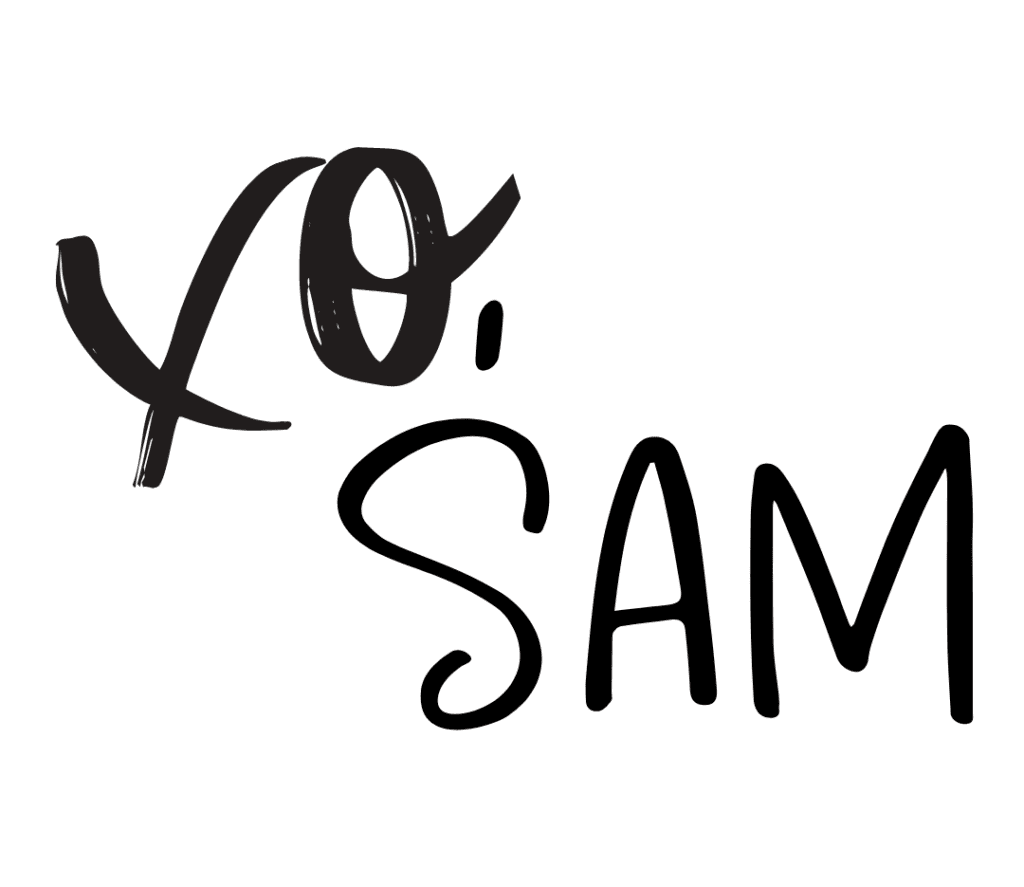
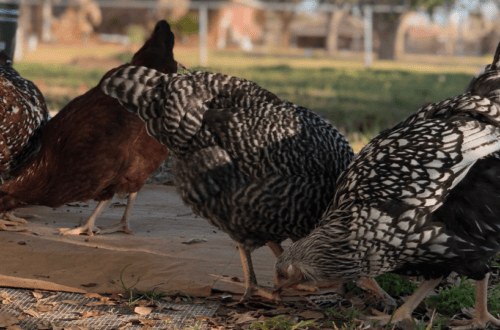

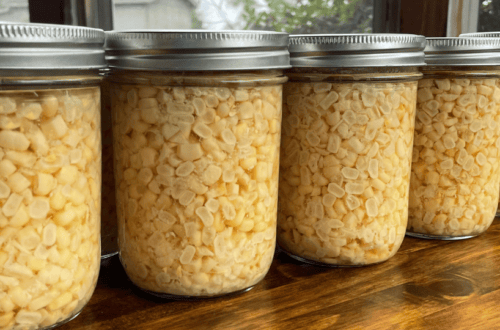
5 Comments
Pingback:
Pingback:
Pingback:
Pingback:
Pingback: